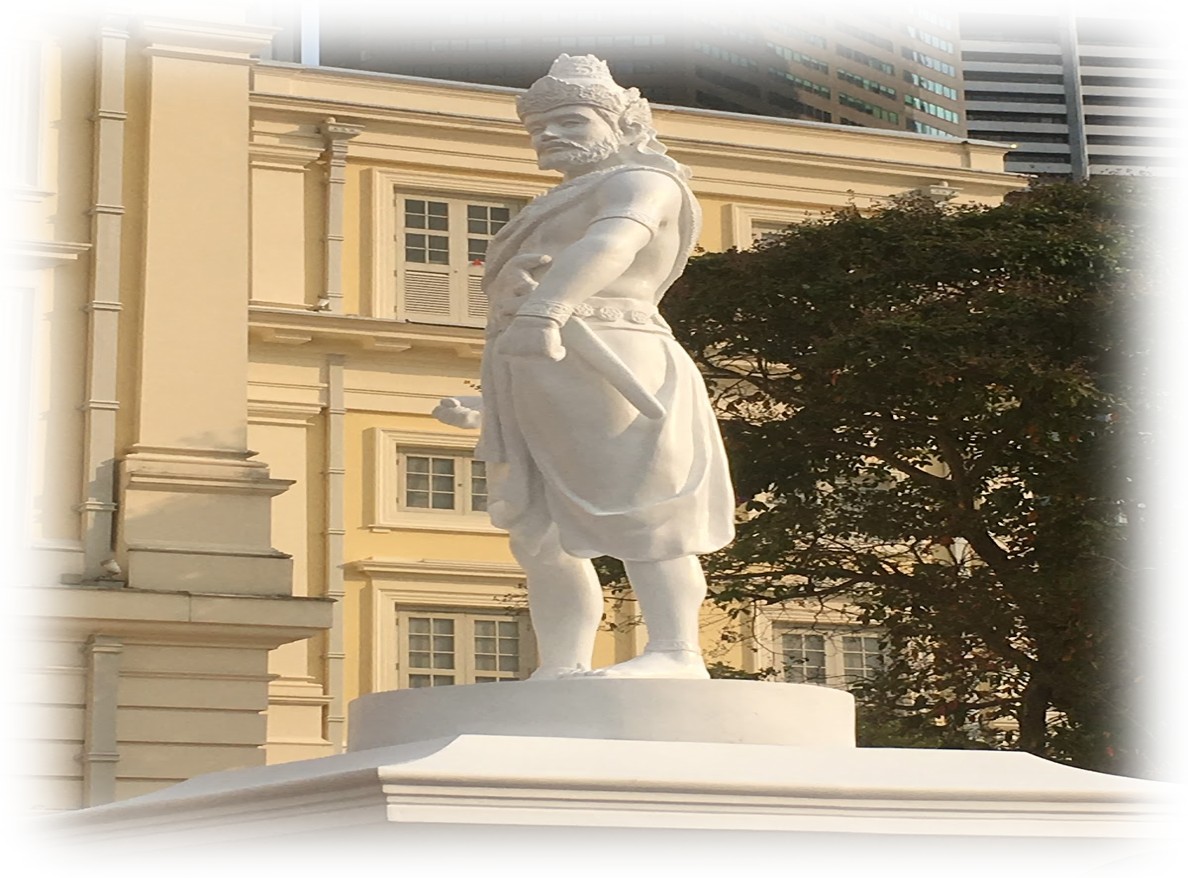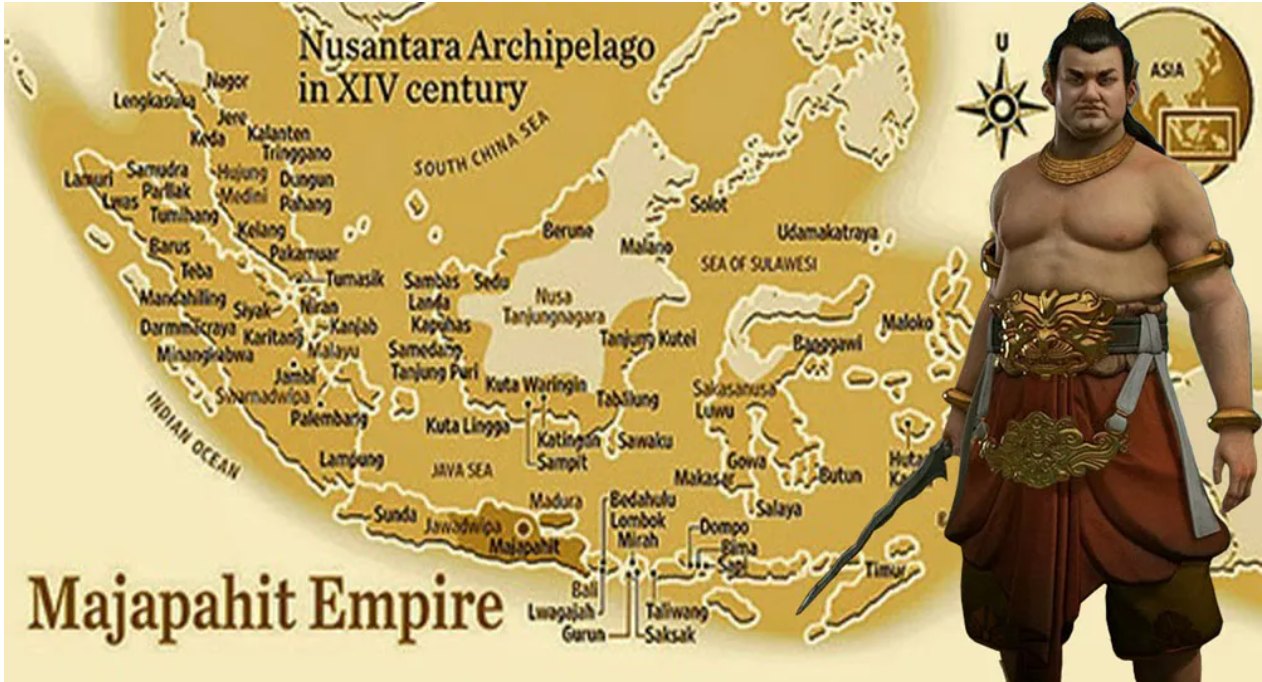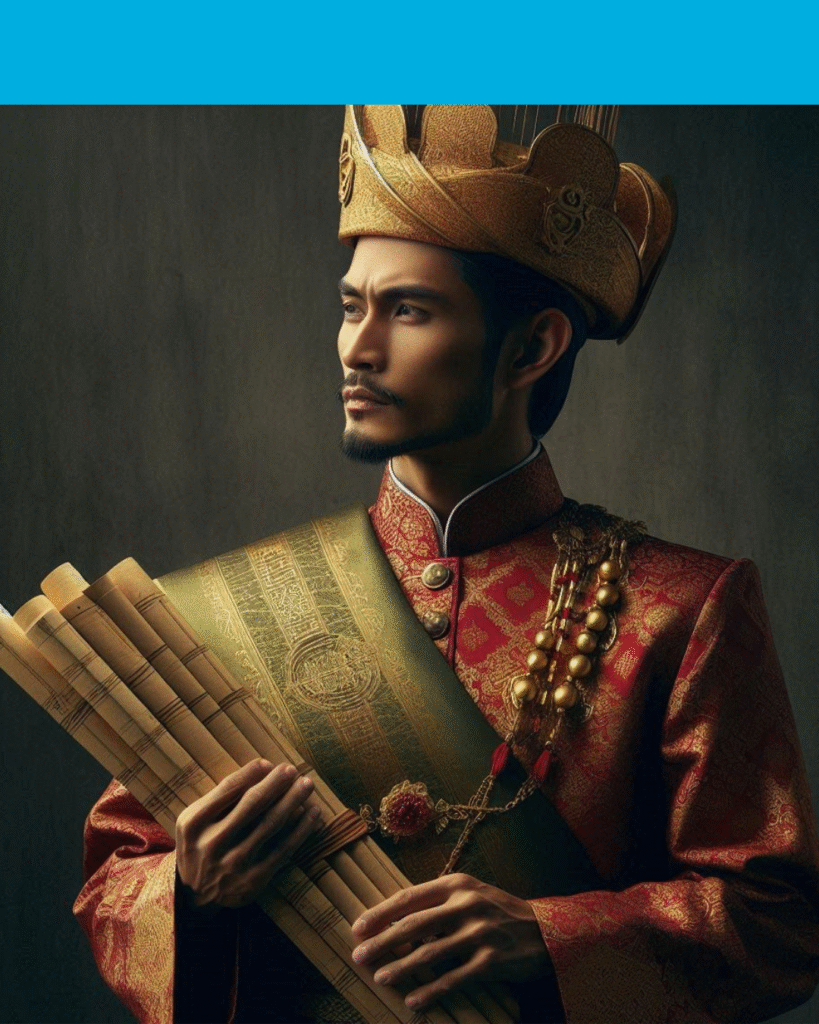The earliest known documentation of the name “Temasek” appears in several Asian historical sources from the 14th century. The first widely recognized record is by the Chinese traveler Wang Dayuan, who visited the island around 1330 and referred to the settlement as Danmaxi (單馬錫), a transcription of “Temasek,” in his work Daoyi Zhilüe published circa 1349.
Other early mentions include:
- A Vietnamese eulogy for a deceased prince dated to 1330, which refers to Temasek as “Sach Ma Tich”.
- The Nagarakretagama (also known as Desawarnana), an Old Javanese eulogy from 1365, using the spelling “Tumasik”.
- The Malay Annals and Pararaton (Javanese chronicles) mention the name, though these were compiled later, with the Annals thought to have been written in the 16th century.
Thus, Wang Dayuan’s 14th-century account in Daoyi Zhilüe is the earliest extant, detailed textual record of the name “Temasek.”
No historical source from the 3rd century directly mentions the name Temasek. The earliest known references to Temasek appear much later, in the 14th century:
- Vietnamese eulogy (1330)
- Wang Dayuan’s Chinese account (1349)
- Javanese Nagarakretagama (1365)4
Some popular accounts and older narratives occasionally suggest that Singapore or its area might have been mentioned in ancient Chinese texts about Southeast Asian ports or islands around the 3rd century, but these do not use the name “Temasek” nor provide clear identification as Singapore1246. The actual name “Temasek” only appears in these 14th-century sources.
In summary: The name “Temasek” is not found in any documented historical record from the 3rd century; all earliest written references are from the 14th century.
- https://en.wikipedia.org/wiki/Temasek
- https://en.wikipedia.org/wiki/Early_history_of_Singapore
- https://www.temasek.com.sg/en/about-us/history-of-temasek
- https://www.nlb.gov.sg/main/article-detail?cmsuuid=d24d6da6-0013-4a12-a6bc-68ad1497148e
- https://blog.nus.edu.sg/linus/2021/09/20/singapore-a-very-short-history-from-temasek-to-tomorrow/
- https://www.wikiwand.com/en/articles/Temasek
- https://www.nhb.gov.sg/-/media/nhb/images/nhb2017/what-we-do/education/activity-sheets/nms/ActivitySheet_Teachers-HI-Resource-Unit-1-PreColonial.pdf
- https://biblioasia.nlb.gov.sg/vol-14/issue-4/jan-mar-2019/looking-back-at-sg/
- https://culturepaedia.singaporeccc.org.sg/en/communities/historical-anecdotes/singapores-ancient-names/
- https://tr19.temasekreview.com.sg/downloads/the-dna-of-temasek.pdf
Early Vietnamese and Chinese accounts are fundamental to shaping our understanding of Temasek’s significance in the 14th century, offering some of the earliest and most objective external references to the settlement that later became Singapore. These sources provide crucial context that predates local legends or colonial interpretations.
Key Contributions from Vietnamese and Chinese Accounts
- Earliest Historical References:
Vietnamese sources, such as a 1330 eulogy for a deceased prince, mention “Sach-ma-tich” (an early name for Temasek), noting the arrival of Malay envoys at the Vietnamese court146. This evidences diplomatic and regional maritime connections and demonstrates Temasek’s active engagement in international relations by the early 14th century. - Chinese Traveller Descriptions:
Chinese records, notably in Wang Dayuan’s Daoyi Zhilüe (1349), offer detailed observations of Temasek (淡马锡 Tan-ma-xi). Wang described multiple trading settlements, the diversity of inhabitants (including Malays, Chinese, and other groups), and the presence of bustling trade activities and products like hornbill casques and lakawood1245. His accounts also noted social and security challenges (e.g., piracy), reflecting Temasek’s complex, cosmopolitan nature. - Depiction as a Major Port:
Both Vietnamese and Chinese records consistently portray Temasek as an active sea town and significant regional trading hub. This documentation aligns with archaeological findings and undermines the notion of pre-colonial Singapore as an obscure backwater, instead highlighting its integration into wider Asian maritime networks1457. - Objective External Perspectives:
Because these sources originated outside Temasek, they provide independent validation of the settlement’s existence, status, and connectivity, complementing later Javanese and Malay accounts and helping historians cross-reference events and timelines456.
Lasting Impact on Modern Interpretations
- These early accounts provide a factual anchor for the existence and importance of Temasek before the legendary arrival of Sang Nila Utama, supporting the idea that Singapore’s trading history predates its Malay kingdom period.
- Archaeologists and historians use descriptions from Wang Dayuan and Vietnamese sources to contextualize material findings (such as Chinese ceramics and regional goods) and reconstruct the cosmopolitan character of 14th-century Singapore7.
- The accounts reinforce Singapore’s long-standing role as a multicultural maritime port, influencing both scholarly research and public narratives about the island’s pre-colonial past.
In summary: Early Vietnamese and Chinese records give Temasek/Singapore’s pre-colonial history depth, credibility, and context—grounding its origins in lived reality rather than just legend or later historical reconstructions1457.
- https://tr19.temasekreview.com.sg/downloads/the-dna-of-temasek.pdf
- https://en.wikipedia.org/wiki/Temasek
- https://www.temasek.com.sg/en/about-us/history-of-temasek
- https://www.nlb.gov.sg/main/article-detail?cmsuuid=d24d6da6-0013-4a12-a6bc-68ad1497148e
- https://www.cambridge.org/core/books/abs/singapore/beginnings-from-temasek-to-singapore/4DC9D866B79781D2670B982D97DA52AB
- https://www.tapatalk.com/groups/singaporemybelovedcountry/finding-the-root-of-little-red-dot-singapore-t1294970.html
- https://www.mccy.gov.sg/-/media/Mccy-Ca/Feature/Resources/Journals/Cultural-Connections-Vol-2/6-Diversity-at-a-Port-City-in-Southeast-Asia.pdf
- https://online.ucpress.edu/as/article/64/4/700/200621/Singapore-s-Temasek-Model-and-State-Asset
- https://www.nhb.gov.sg/-/media/nhb/images/nhb2017/what-we-do/education/activity-sheets/nms/ActivitySheet_Teachers-HI-Resource-Unit-1-PreColonial.pdf
- https://storyof.temasek/downloads/ByGenerations_ForGenerations.pdf



